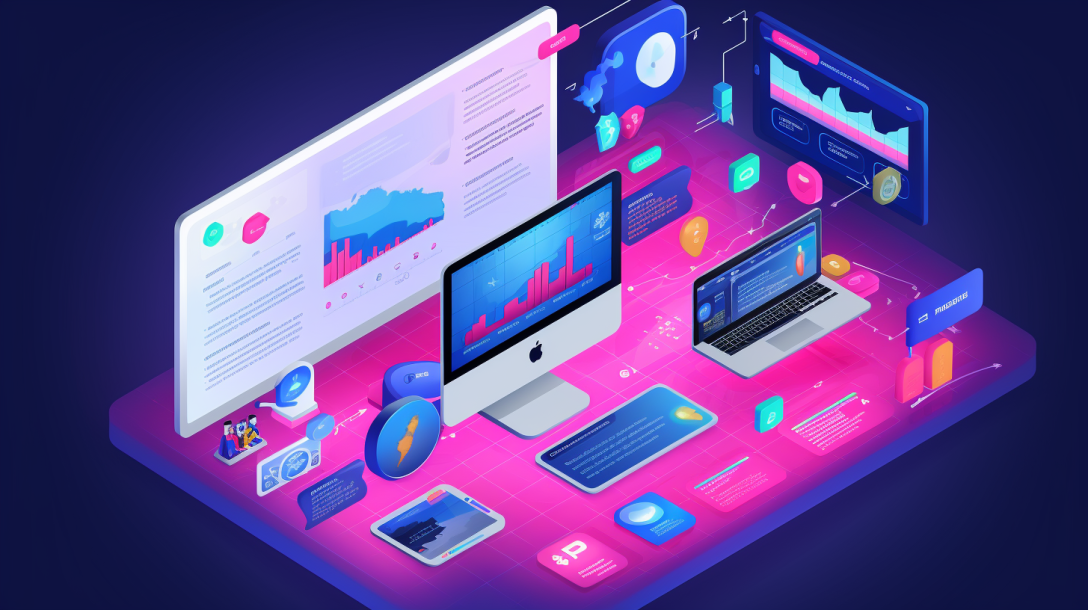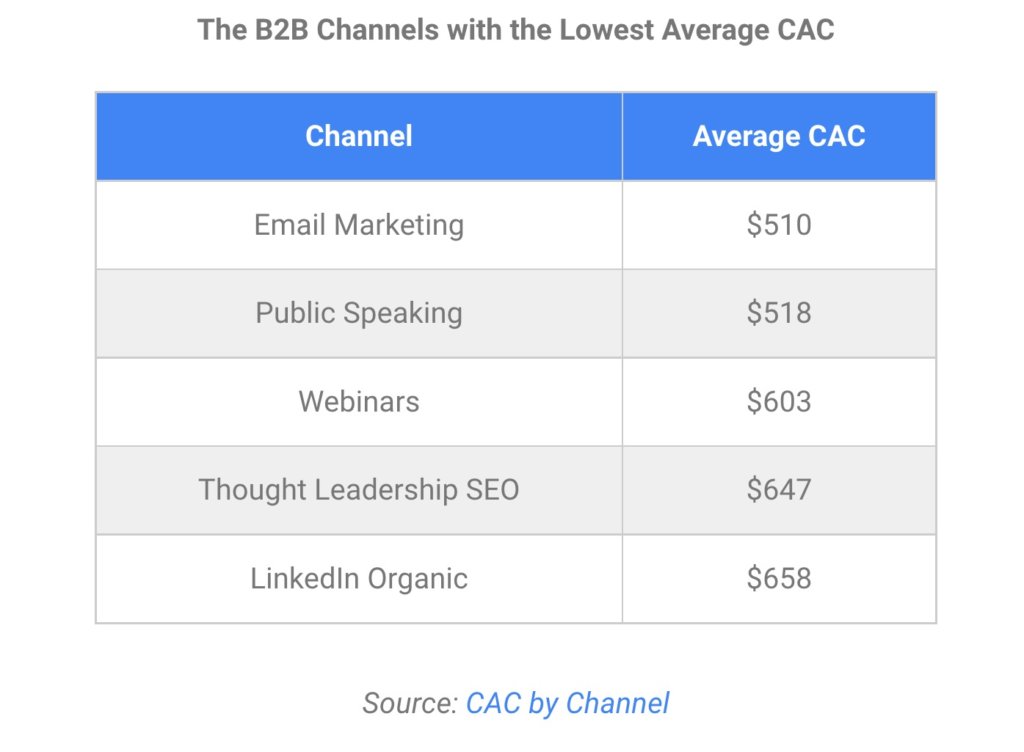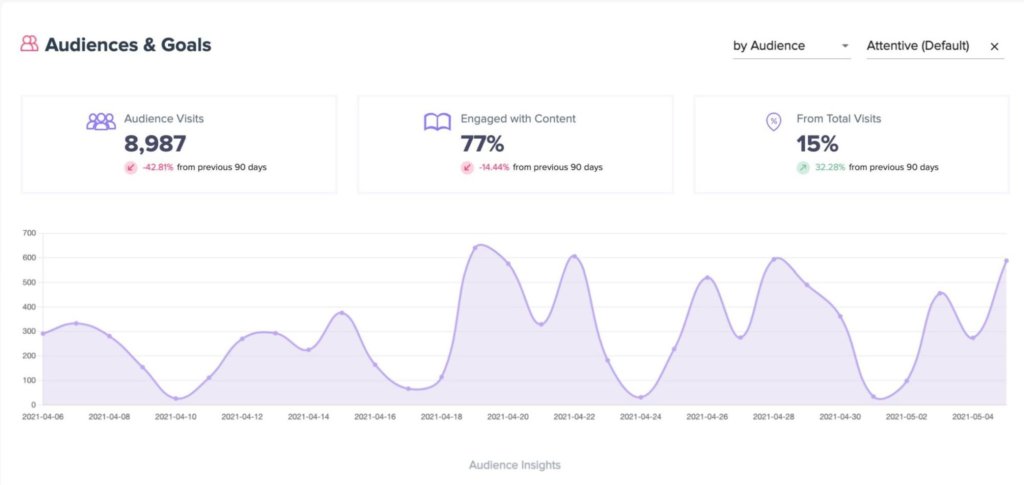10 Lead Generation KPIs You Should Start Measuring

Marketing to businesses just isn’t the same as marketing to consumers. Nobody’s impulse-buying B2B solutions at one in the morning because they saw a hilarious viral ad. B2B sales are driven by the conscientious nurturing of qualified leads, and running out of leads means no more deals on the horizon. That’s why B2B sellers must generate an ample supply of leads on an ongoing basis.
Lead generation is a high priority for 85% of B2B companies, and more than six out of ten marketers say that generating leads is their number one challenge. In theory, the key to successful lead generation is simple: figure out what works, keep doing it, and stop doing whatever isn’t working. Yes, that’s much easier said than done. In actual practice, it can be challenging to figure out which activities produced the most qualified leads.
The primary way to know if your lead generation approach is working is to measure the right key performance indicators (KPIs) for your business. Marketing campaigns generate abundant data about visits, views, and impressions, but not all of it will be relevant to your lead generation goals. Let’s take a closer look at how to measure the success of lead generation campaigns and review the ten KPIs B2B companies should start measuring now.
What are lead generation KPIs?
A KPI is a metric used to determine how effectively you are progressing toward your business objectives, which may include lead generation.
Business actions should always be aligned toward a positive goal. To tell whether those actions are paying off, you must quantify their results and measure them against your objectives. When lead generation is the goal, the metrics need to tell you about the number, purchasing intent, and revenue-generating potential of the prospects entering your sales funnel.

Why You Need to Measure Lead Generation KPIs
Revenue keeps businesses going, so the most critical business activities lead directly to increasing or sustaining revenue flow. For B2B companies, acquiring new leads is the first and most essential step toward generating higher sales and the revenue that comes with it.
But let’s face it, some leads are better than others. Getting a large lead volume isn’t very helpful if none of them need your solution or have purchasing authority to buy it if they do. That’s why it’s important to measure not only the number of leads you are generating but also the quality and value of each one.
The B2B buyer’s journey often runs long. By the time your hot lead signs a sales agreement, they might have been exposed to all kinds of messaging and content. Not all of these touchpoints will have played an equal role in moving them closer to their final decision. If you survey your customers, they may not even be able to put their finger precisely on what touchpoint sent them your way. Identifying the right KPIs to measure and analyze is the only way you can know for sure.

How to Choose the Right Lead Generation KPIs
Any digital marketing campaign will generate vast amounts of data to sift through. To know what to look for, you must clearly understand your objectives, product, pricing model, target audience, and sales process. It helps to have the proper tools for tracking, organizing, and analyzing that data.
Measuring KPIs lets you know when to correct the course of a marketing campaign that isn’t delivering results. Choosing narrowly-focused KPIs that relate directly to the goals of your campaign and your target audience’s behaviors will help you find the weak spots in your campaign more accurately. Otherwise, you’ll end up with an over-generalized big-picture view that doesn’t specify what changes need to be made.
10 Lead Generation KPIs You Should Start Measuring
Here are the ten KPIs you need to measure consistently to ensure a pipeline brimming with quality leads.
1. Attribution
Attribution connects the dots between your leads and their interactions with you across various channels. It identifies where they first engaged with you and which interactions led them to convert.
Tracking attribution allows you to map out the buyer journey in detail. It lets you identify your most compelling content, the channels that produce the highest-quality leads, and other vital insights. It can also help you deliver more effective or personalized content to leads who haven’t yet made a purchase.
2. Average Lead Value (ALV)
ALV is calculated by dividing your total sales by your total number of leads, giving you the average revenue generated by each lead. Average Lead Value helps you make projections and determine how many leads you need to acquire to meet specific revenue goals.
3. Cost Per Lead (CPL)
To find out how much money you need to spend to acquire a new lead, calculate this KPI by dividing the total cost of your lead generation campaign by the number of qualified leads you acquired with it.
Cost Per Lead shows the cost-effectiveness of your lead generation efforts and whether or not you’re getting a positive ROI under your current strategy.
4. Customer Acquisition Cost (CAC)
Not every lead will make a purchase. Calculating the average cost of each lead that turns into a customer can give you deeper insights into whether your sales pipeline is taking in enough qualified leads. To figure out your CAC, divide the cost of the campaign you’re evaluating by the total number of customers it helped you acquire.
A CAC that tracks closely to CPL signifies that you’re doing a great job at qualifying high-quality, high-value leads. A big difference between these KPIs might suggest that your lead acquisition and qualification processes need improvement.

5. Customer Lifetime Value (CLV)
These KPIs are getting you a clearer understanding of what your lead generation efforts can accomplish, but you still aren’t seeing how much revenue each customer brings in. For that number, you’ll need to calculate the CLV.
Actual CLV can be determined for individual customers. To calculate your Average CLV, you would take the average length of time a customer stays active with your company, multiply it by the average amount each customer spends each month, and subtract the CAC. This metric gives you an even better picture of your lead generation ROI.
6. Lead Conversion Rate (LCR)
LCR tells you what percentage of your leads are converting. You can calculate it at any point in the buyer’s journey to see if they are heeding your calls to action and taking the next steps into your sales funnel. To calculate it, take the total number of conversions you’re looking for and divide them by the total number of leads who have progressed to that point.
7. Monthly Recurring Revenue (MRR)
For SaaS providers and other B2B sellers who operate on a subscription-based model, revenue depends on recurring billings rather than one-off sales. MRR indicates how much money you can expect to bring in each month from these billings. It is calculated by multiplying your subscription rate (or average monthly bill) by your total number of active customers. For annual recurring revenue, multiply your MRR by twelve.
8. Return On Ad Spend (ROAS)
Paid advertising is sometimes necessary to get your message out to audiences that need to hear it. But it’s all too easy to spend your ad budget on creative campaigns that don’t positively move your sales numbers. To determine the ROAS for any given period, divide the total revenue by the amount you spent on advertising. The higher it is, the better your ads are performing.
9. Time to Conversion
While the B2B buyer’s journey takes time, a slow sales velocity could indicate inefficiencies in your lead generation process. It may also be a sign that a step in your sales pipeline is bringing everything to a halt for some reason.
To determine this metric, track the amount of time it takes for a lead to complete each conversion step. For example, you could count how long it takes to go from initial acquisition to signing up for a free trial, then count how many days it takes before they become a paying customer.

10. Web Traffic
Counting website visits alone isn’t valuable when it comes to B2B sales. But it’s worth circling back to this basic metric because it can tell you, on a fundamental level, whether your sales and marketing campaigns are succeeding at generating interest in your company.
The buyer journey almost always starts with low-key website visits that may not look significant, even when they’re the overtures of a long and lucrative customer relationship. Attribution tools that track website activity can help you identify the initial behaviors of your high-value customers. They give you insights into how to optimize your buyer personas and market yourself to the best possible audience.
Taking the Measure of Your Lead Gen Strategy
In the B2B world, the quest for better leads never ends. You have to use the best resources at your disposal to build relationships with potential buyers. Only by measuring the success of your efforts with the proper KPIs can you determine how to revise and optimize your lead generation strategies.
Challenging tasks like lead generation are always more manageable with the right tools. Trendemon’s journey orchestration solution can assist you in mapping out the buyer journey, providing accurate attributions, and delivering personalized content to convert the qualified leads you’ve identified. Sign up for a free demo today to discover how Trendemon can help grow your business.